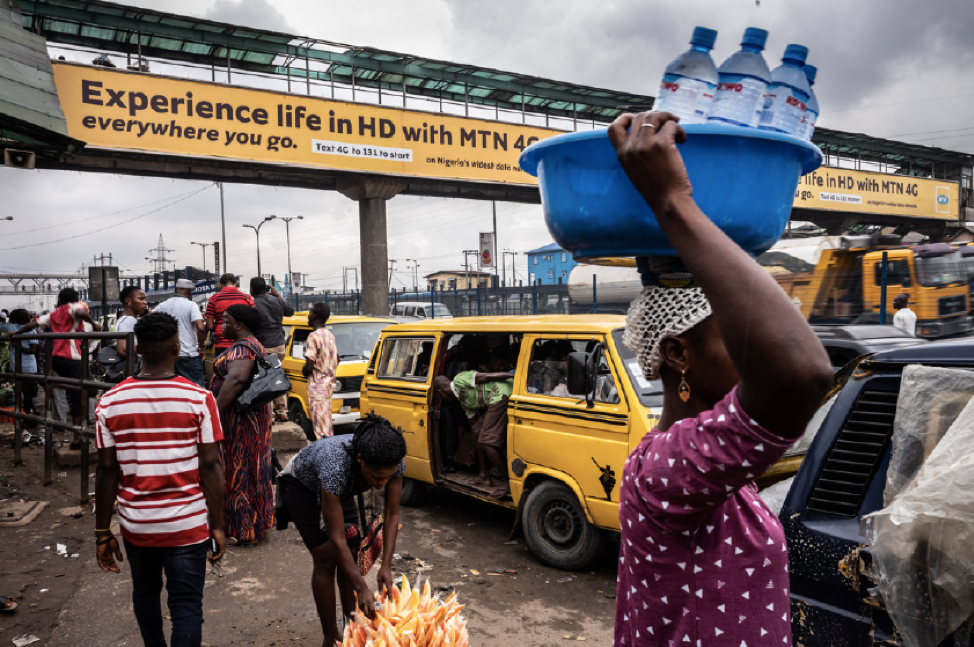
As cities gradually reopen, discussions about how to move people safely, quickly, and sustainably top news headlines, urban policymakers’ agendas, and researchers’ recommendations. During the early stages of the pandemic, as public transit ridership plummeted by up to 90%, many cities swiftly invested in cycling and walking infrastructure that would enable safe social distancing and avoid increased car use. At the same time, there has been a surge in interest in the ‘15-minute city,’ an urban planning model that aims to radically increase accessibility by co-locating housing, employment, and other urban functions.
Rapid reallocation of road space and the focus on more integrated urban planning align with LSE Cities’ long-standing work on promoting more compact and connected cities. But active travel and more liveable neighbourhoods are only one piece of the puzzle: for most large cities, mass public transport remains the backbone of urban life. It is also essential to the transition to a low-carbon, resilient, and inclusive urban future.
While compact urban development that facilitates walking and cycling might be a long-term goal, many large cities continue to be defined by urban sprawl, forcing residents to traverse vast distances to access employment opportunities. Ensuring that formal public transport networks are safe and economically viable has therefore become a central component of many cities’ COVID-19 recovery plans. This includes massive central government bailouts, such as the £1.6bn received by Transport for London to compensate for lost fare revenue.
Informal but indispensable
Supporting formal transit is important, but insufficient. In many emerging economy cities, government-run transport systems only serve a minority of the population and the informal sector dominates urban passenger transport. This includes privately-operated motorised and non-motorised transport, with varying levels of organisation and formalisation depending on the specific city. Even in cities such as Addis Ababa that have recently invested heavily in government-funded mass transit, these systems often only cover a small urban core, fail to keep up with demand, and remain unaffordable for the poorest residents.
To illustrate the centrality of informal transport in emerging economy contexts, we focus on two Urban Age cities: Mexico City and Nairobi.
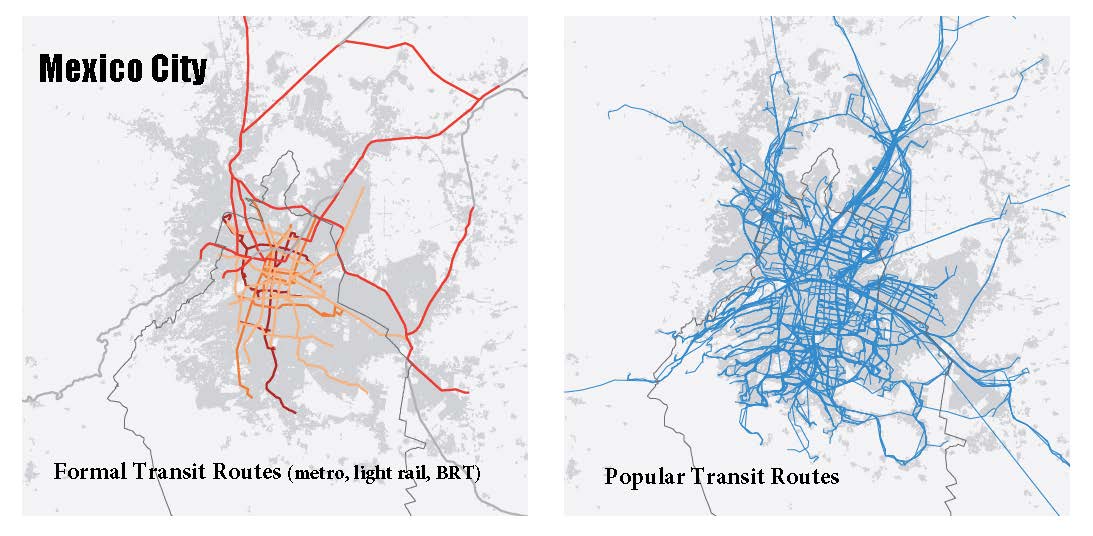
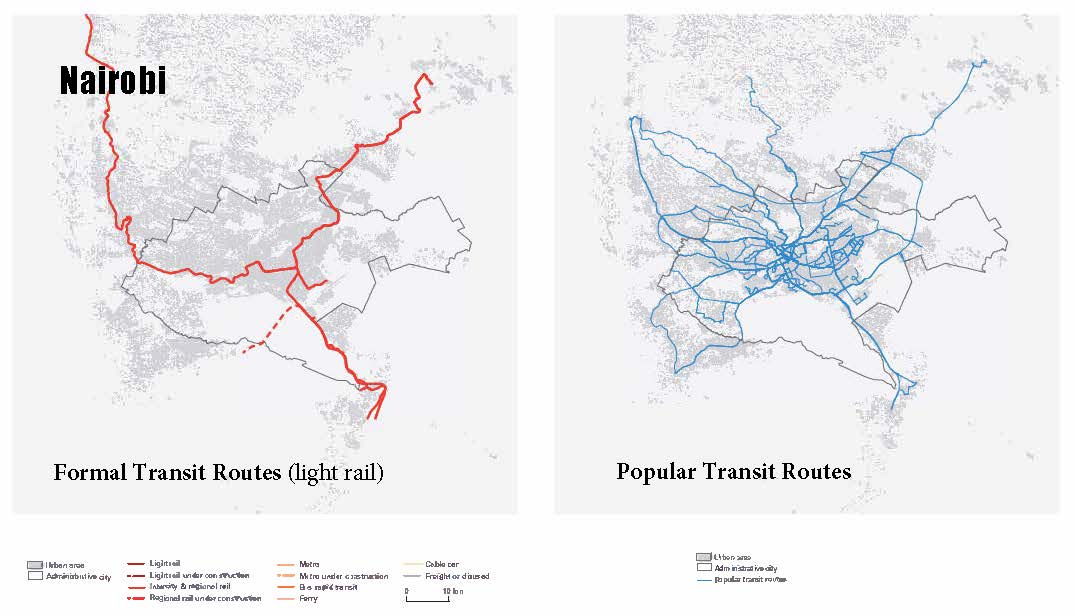
As the maps above demonstrate, formal mass transit routes (red) only cover a relatively limited urban area, whereas informal routes (blue) reach far more people and are often the only access to motorised transport for low-income urban dwellers. Small, privately operated minibuses are one of the most important informal modes: In Nairobi, 70% of all commuters that rely on public transport use privately run 'matatus', while 74% of all public transport trips in Mexico City are completed on ‘colectivos.’ In addition to the vital role these services play in getting people to work, informal transit is itself an important employer. In Kenya, the informal transport sector and associated services are estimated to employ nearly half a million people.
COVID-19’s impact on informal transport
COVID-19 has led to a drastic reduction in public transport capacity in cities around the world. For example, Mexico City shut down 20% of its metro and BRT stations. Kenya temporarily banned all public transport between individual counties in four major cities, including Nairobi. Informal services have stepped up to fill the gap left by formal transit and keep cities running, serving as a lifeline for low-income residents who cannot work from home, do not have access to cars, and for whom it is unfeasible to walk or cycle.
Although many operators have tried to keep services running, lower demand and various restrictions have devastated the informal transport sector. COVID-19 has undermined a business model reliant on maximising fare revenue, exacerbating the already-precarious livelihoods of informal workers, who are often not eligible for any form of state support. Government responses to COVID-19 have been no exception. While some cities have taken immediate steps to support informal transport operators through measures like fuel subsidies, this is often not enough to fully compensate for the losses the sector has experienced.
Despite the lack of state support, the informal sector has innovated to adapt to the new economic conditions and safety needs spurred by COVID-19. In Mexico City, colectivo drivers have shared routes—and income—to adapt to reduced demand while keeping services running. In Nairobi, Matatu drivers have partnered with Safaricom, the company behind Kenya’s mobile payment M-PESA, to transition to contactless fares. In other cities, informal transport operators have found creative ways to enforce social distancing: Manila’s Jeepney drivers have placed juice boxes between passengers, and Gurgaon’s e-rickshaw drivers have installed plastic shields.
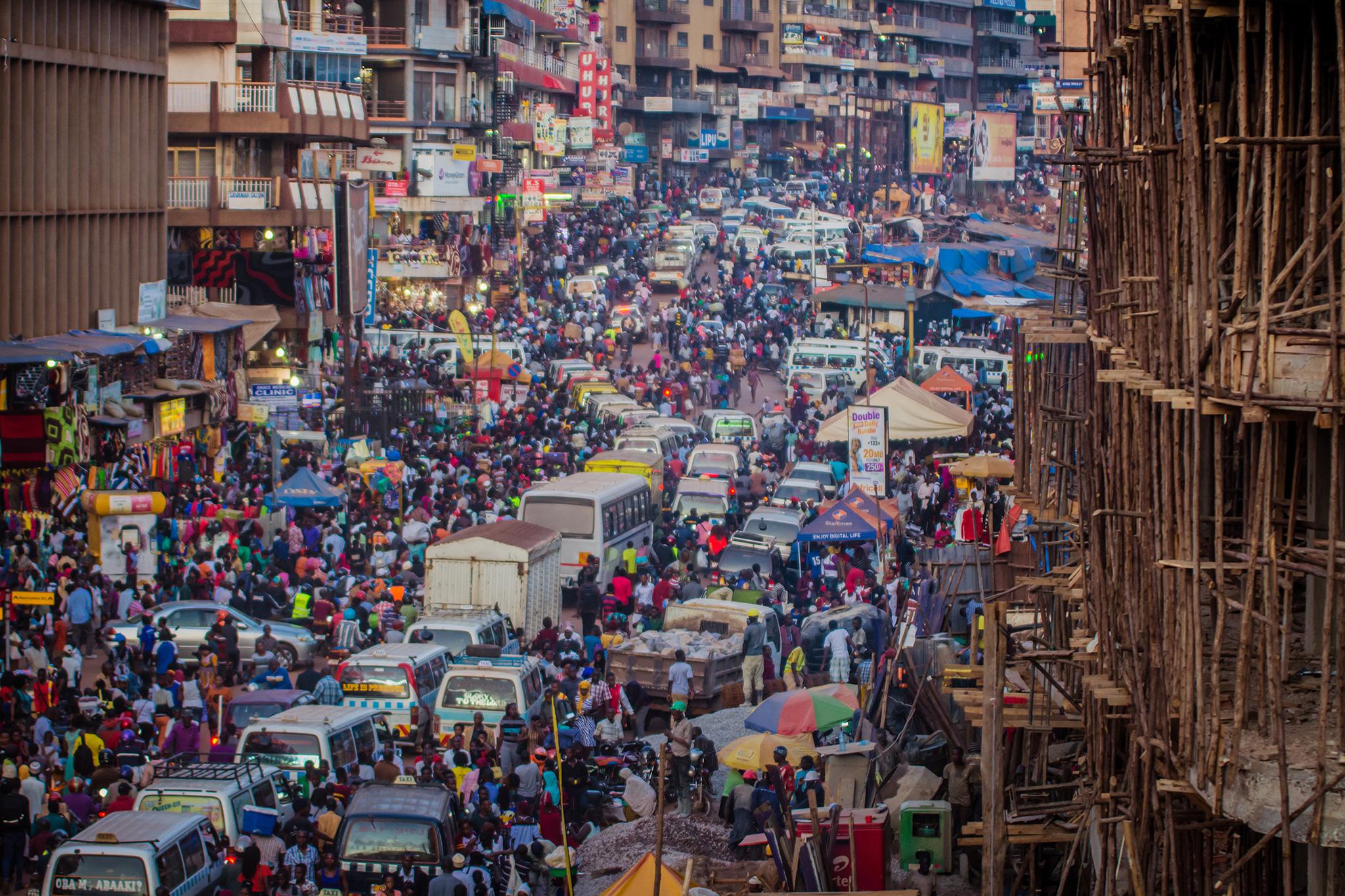
Pandemic recovery efforts must include informal transit
Although the grassroots innovation within the informal sector is impressive, COVID-19 has also highlighted the vulnerability of these systems to external shocks, and the devastating impacts on operators and passengers. Supportive government policies that recognise informal transport as a vital part of urban mobility are therefore needed, including:
1. Fiscal policies to support informal transit operators and compensate for lost fare revenue. These could include mortgage moratoriums for vehicle owners, scrapping operating fees, and cash subsidies for drivers, following the model of the Philippines and Taiwan. Extending unemployment benefits and ensuring that operators have access to private finance to upgrade vehicles will also be essential to support recovery.
2. Extending some of the benefits of formal public transport to informal operators. At a minimum, this means ensuring that workers have access to personal protective equipment, regular testing, and clear guidelines to make vehicles COVID-compliant. More radical interventions could include allowing informal operators to use dedicated bus lanes or contracting operators to run certain routes for a fixed fee irrespective of passengers.
3. Leveraging technology to make informal transit safer and more economically viable. For example, governments can support private operators to switch to cashless payments, following Nairobi’s model. Meanwhile, efforts to more accurately map informal routes, such as the crowdsourced Digital Matatu project in Nairobi and Mapatón in Mexico City, can inform users about their mobility options by painting a clearer picture of supply and demand.
4. Ensuring that informal transit operators and users are included in stakeholder consultation processes. Many cities have started to prioritise pandemic response and recovery efforts using creative mechanisms to engage a wide range of urban actors. Too often, the informal sector is excluded from these conversations, and cities will need to experiment with creative ways to reach a diverse group of stakeholders that are often not formally organised.
Looking to the future
While there is no one-size-fits-all solution for such a complex and fragmented industry, it is clear that more needs to be done to include the informal sector in efforts to address the longer-term impacts of COVID-19. To tackle the challenges posed not only by the pandemic—but also by climate change and urban inequality—cities will have to remain focused on limiting urban sprawl and curbing car use by providing safe, reliable, and affordable mobility for all. But if we do not include informal operators in these efforts, we are missing a crucial opportunity to make these services cleaner, safer, and more efficient, while protecting millions of jobs.
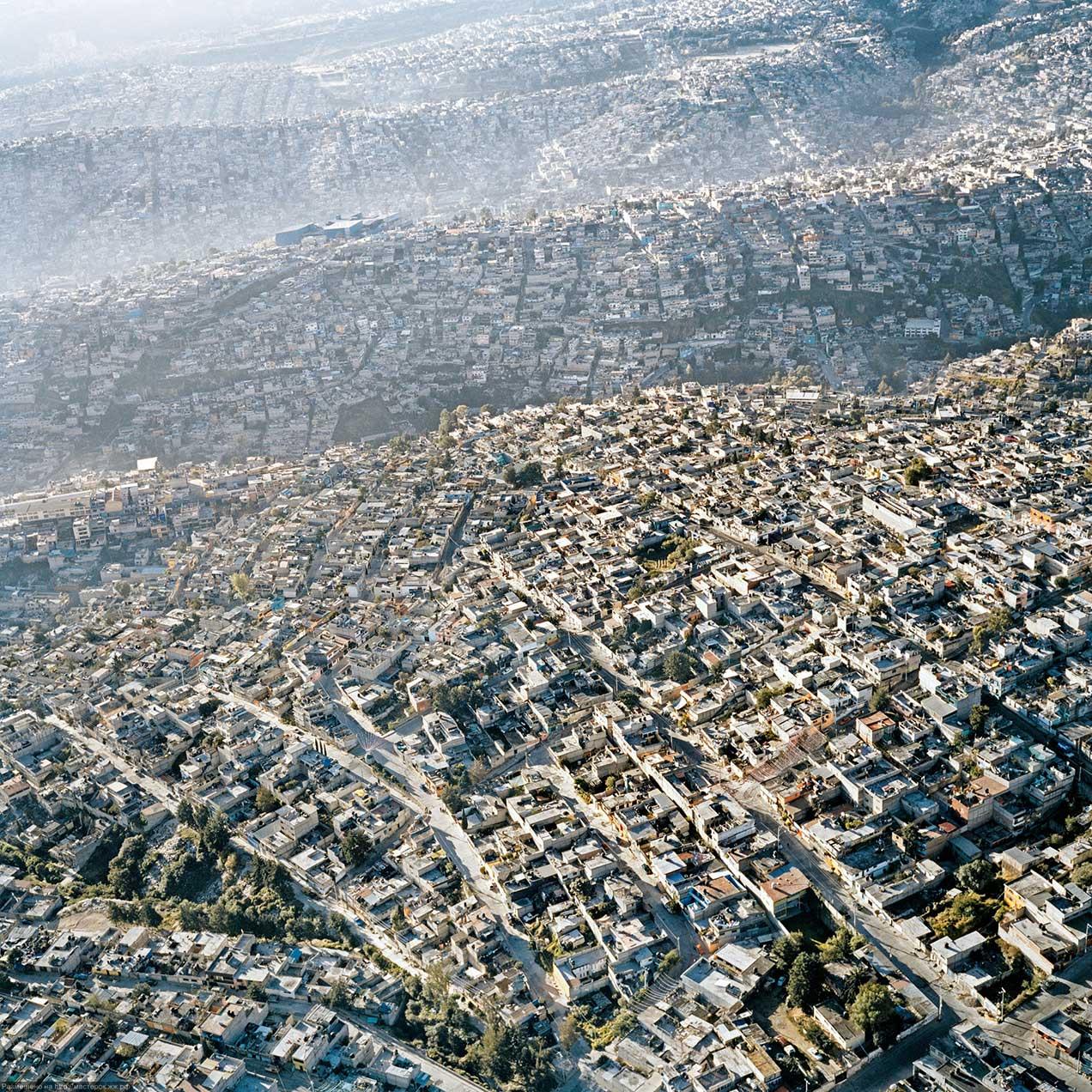
Photos (Urban Age): Top- "Danfo Minibus Taxi, Lagos" (2018); Middle- "Namirembe Road, Kampala" (2018); Bottom- "Mexico City Sprawl", Pablo Lopez Luz (2016).
Maps: Urban Age, Alexandra Gomes, (2018).
Talia Calnek-Sugin is the Communications Assistant for LSE Cities and Catarina Heeckt is a Policy Fellow at LSE Cities.